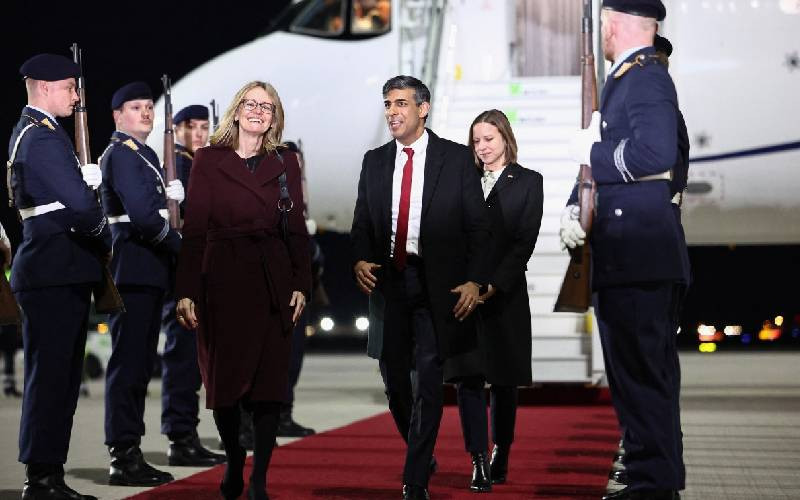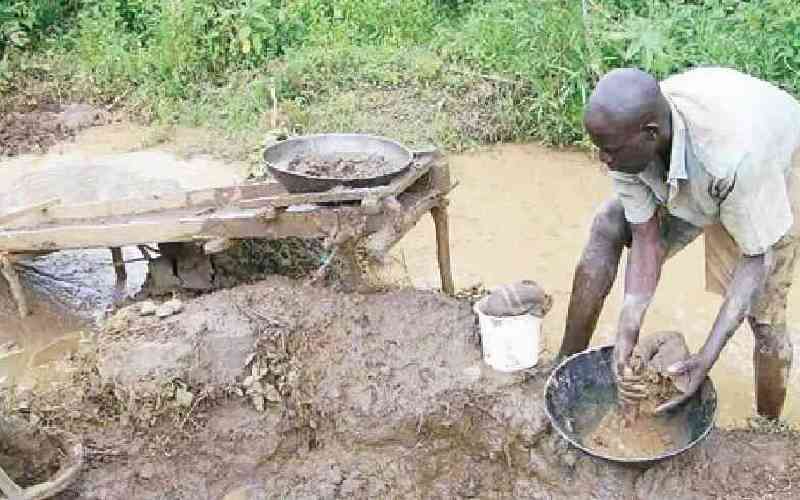At Sh 1.76 trillion, the 2014/15 Budget is historic by its sheer size and the apparent deliberate effort to directly address prevailing national challenges. “Kenyans have responded to our call for Budget proposals and they have requested us to address through this Budget the issue of insecurity, the high cost of living, joblessness, protecting the vulnerable and wastage in public expenditure across the entire government,” Treasury chief Henry Rotich told us in his Budget speech to the National Assembly last Thursday.
A cursory look does indicate that funds have been targeted at key sectors that deserve keen attention. Education takes the lion’s share at Sh308.6 billion, which crucially includes Sh28.2 billion for free day secondary education, Sh13.5 billion for free primary education, Sh55 billion for university education and Sh 17.4 billion for the eagerly awaited yet controversial laptops for schools project. The allocation also covers Sh 2.3 billion for recruitment of 5,000 new teachers and 5.5 billion for the long disputed teachers’ commuter allowance. Another major vote is the Sh255.9 billion to energy, infrastructure, and ICT, to sustain the momentum of powering growth, digitising operations and easing the movement of people, goods and services. Defence and security gets a total of Sh 154.9 billion (Sh66.2b for police, Sh71.3b for KDF and Sh17.4b for NIS); Agriculture Sh 59.3 billion, which includes Sh 9.5 billion for irrigation projects countrywide; while social protection for the vulnerable, including orphans, the elderly and persons with disabilities get Sh 23.9 billion.
Devolution has been allocated Sh 226.7 for county governments and a further Sh 28 billion for CDF, Sh 3.4 billion equalisation fund and Sh 2.03 billion for “Affirmative Action for Social Development”. The Sh 8.1 billion for NYS to recruit 21,870 youth and Sh 300 million to the Youth Enterprise Development Fund are other notables. While these expansive considerations may seem quite impressive, that must not mask three serious concerns that Kenyans should keenly interrogate.
One, this Budget continues the disturbing trend of spending more on consumption than on production. Only 30 per cent of the projected revenue is directed to capital expenditure, with 70 per cent to be gobbled by recurrent items. The wage bill is a chief drain in this respect. Take the Sh 308.6 billion education budget, for instance. Disaggregate the figures and you see that teachers’ salaries swallow a disproportionate share, with only a fraction left for key material learning inputs.
Public debt service, which is the first charge on the consolidated fund, is another major knock; and this is bound to only get worse, with the recent borrowing spree by the Jubilee administration. Another Sh 400 billion has been borrowed from the Chinese for the key but contentious Standard Gauge Railway project; Up to Sh 175.5 billion is targeted from the sovereign (euro) bond that is currently being hawked in major world financial capitals; while the Sh 342 billion deficit in the 2014/14 Budget is likely to be plugged through further massive borrowing, including a projected Sh 192 billion from the domestic market.
Two, Government has not told the whole story of how exactly this humongous budget will be financed. While he made it clear that 87 per cent will be financed from domestic resources and 13 per cent from domestic sources, Rotich cleverly concealed details of the full extent of where exactly the “domestic resources” will come from. The stark reality is that Kenyans will be forced to tighten the belt even further with the expected further spiral in the cost of living.
It is expected that government will review the income tax regime, last done some nine years ago. In a country with a 40 per cent unemployment rate and a formal employment workforce of just 2.5 million people, the burden is certain to increase. New measures like the hefty duty on iron and steel, while well-intentioned to discourage imports, will nonetheless definitely lead to a rise in the cost of construction,
The writer is Budalang’i MP and Chair of Parliament’s Public Accounts Committee
 The Standard Group Plc is a
multi-media organization with investments in media platforms spanning newspaper
print operations, television, radio broadcasting, digital and online services. The
Standard Group is recognized as a leading multi-media house in Kenya with a key
influence in matters of national and international interest.
The Standard Group Plc is a
multi-media organization with investments in media platforms spanning newspaper
print operations, television, radio broadcasting, digital and online services. The
Standard Group is recognized as a leading multi-media house in Kenya with a key
influence in matters of national and international interest.
 The Standard Group Plc is a
multi-media organization with investments in media platforms spanning newspaper
print operations, television, radio broadcasting, digital and online services. The
Standard Group is recognized as a leading multi-media house in Kenya with a key
influence in matters of national and international interest.
The Standard Group Plc is a
multi-media organization with investments in media platforms spanning newspaper
print operations, television, radio broadcasting, digital and online services. The
Standard Group is recognized as a leading multi-media house in Kenya with a key
influence in matters of national and international interest.








